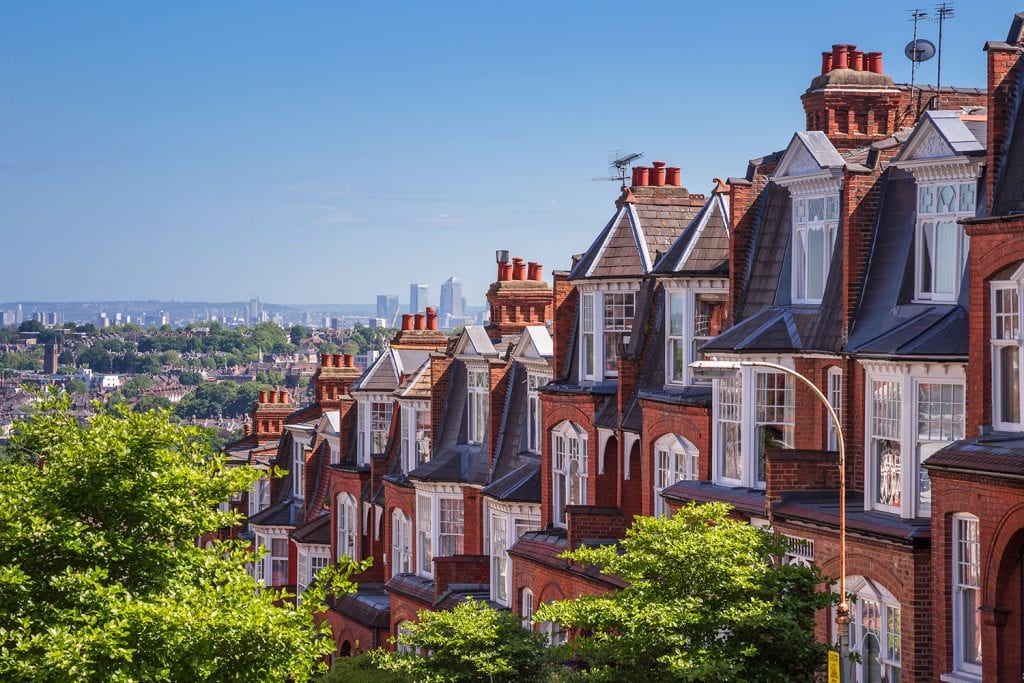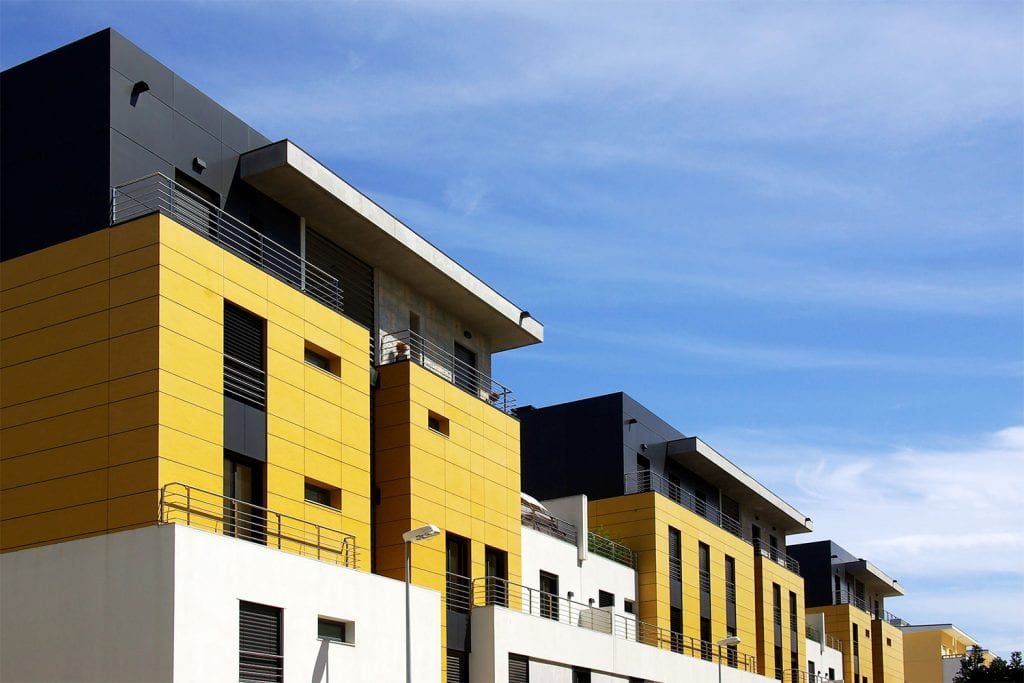6 lessons for next-generation living
Developers invest billions of pounds every year, creating new and improved homes to attract buyers and/or renters to their properties. Yet people are rarely consulted about preferences for their homes and neighbourhoods – be it in terms of the features inside the house, transport connections, or communal amenities.
This research project, undertaken by Buro Happold with the support of Folkestone Harbour Limited Partnership, the developer of Folkestone Seafront, provides some insight to the next generation’s thoughts on what might influence housing choice. Our survey work is intended to better understand the lifestyle choices of millennials and young families in London. The detailed report can be downloaded here.
Here are the six most important aspects we learned from the survey:
1. Owning a home is still the aspiration for most people
While 16-34 year olds have a slightly lower preference for owning, the vast majority (over 77%) among all age groups still prefers to own a place. Interestingly, this aspiration is more and more difficult to fulfill within London’s housing market – and the same challenge applies to many major cities across the globe.

2. Safety and security is the number one priority for people’s choice a place
The safety and security of a place is often evaluated based on a subjective perspective. The right design aspects, from lighting to active streets, will have significant influence on how safe people perceive a place.

3. Proximity to work has high priority for choosing a home
While the reality in the UK looks different – average commute time is over 1.5 hours – people would like to live close to their work place.

4. Car ownership does not have the same priority anymore
Access to public transport without the need for a car has high priority for the respondents of our survey. While this does not necessarily mean that everyone is prepared to give up their car, there is an increasing trend in this direction. 40% of respondents indicated that they would seriously consider giving up their car if they had access to a car sharing system.

5. People do care about the environment
Over 60% of survey respondents indicated that renewable energy supply has highest or high priority for their neighbourhood. And a majority of them (70%) would be willing to pay an additional fee of between £10-30 per week for it.

6. People are excited about technology that improves their homes
When asked if they would be excited about an estate management team using technology to improve the development in regards to safety, energy efficiency, and management, 71% of respondents said that they would be very excited or excited. However, only 20% of respondents would be willing to pay an additional fee. This suggests that the inclusion of technology solutions needs to find alternative revenue streams and/or demonstrate significant cost savings to offset the whole lifecycle cost of the technologies and limit any cost to residents.










